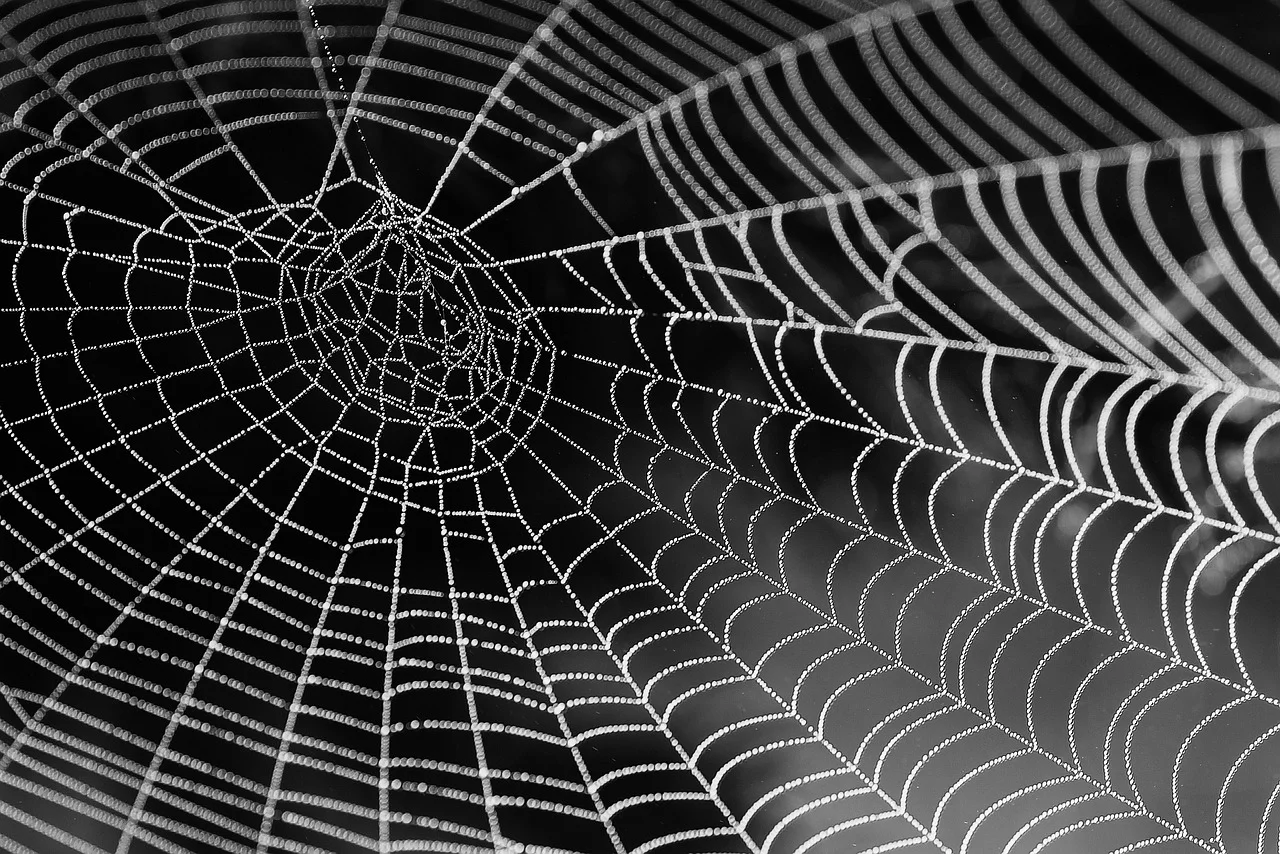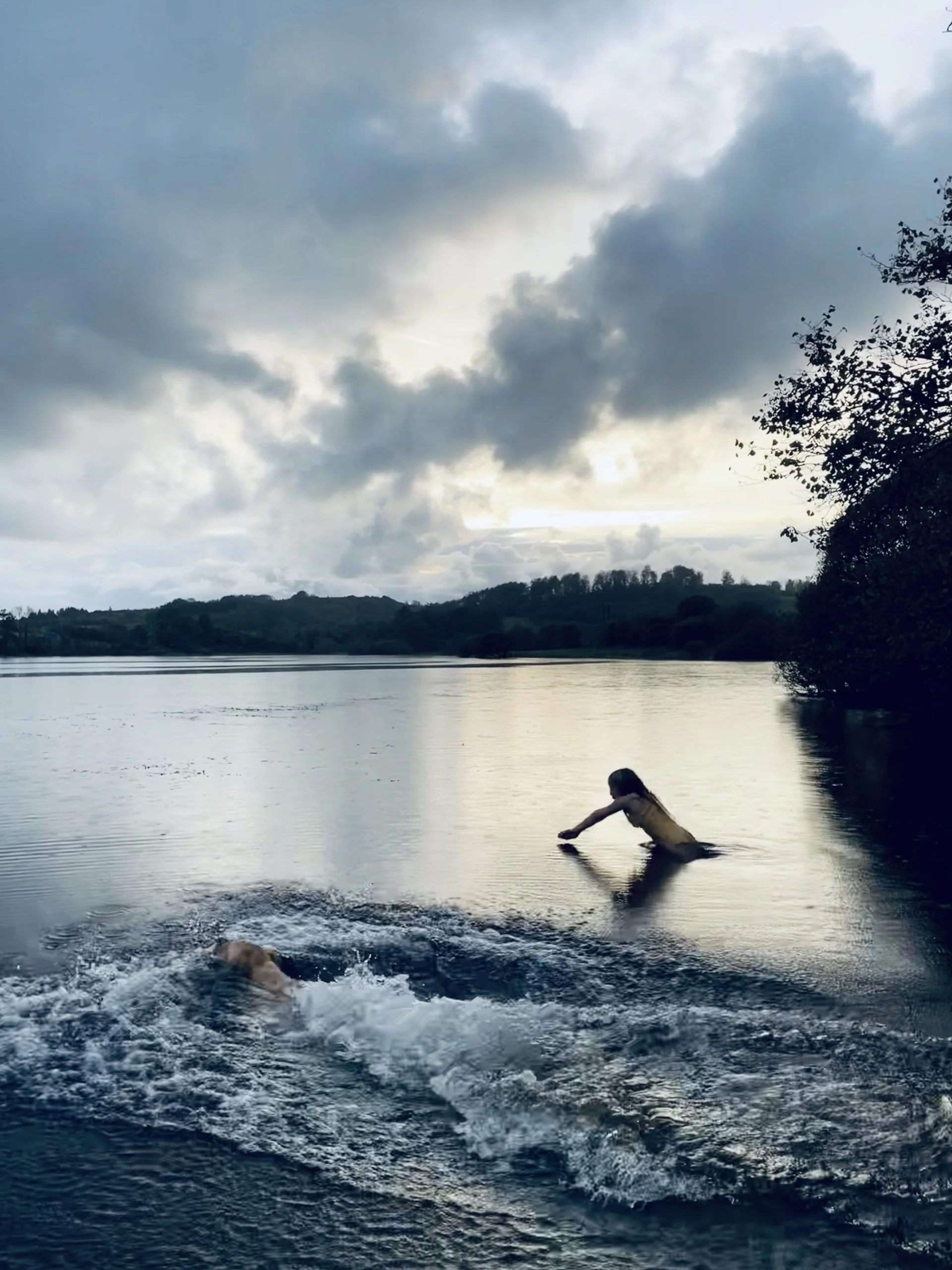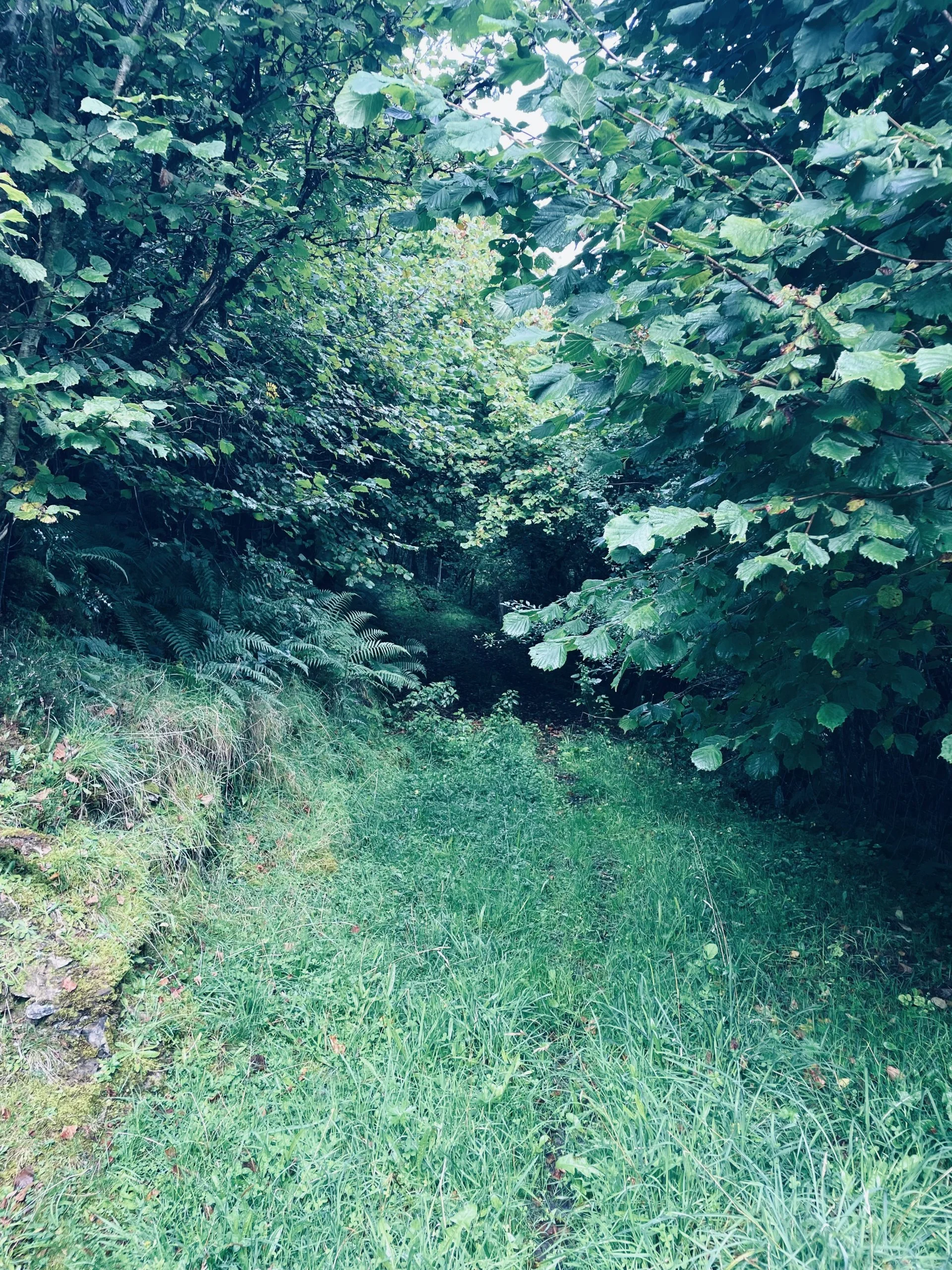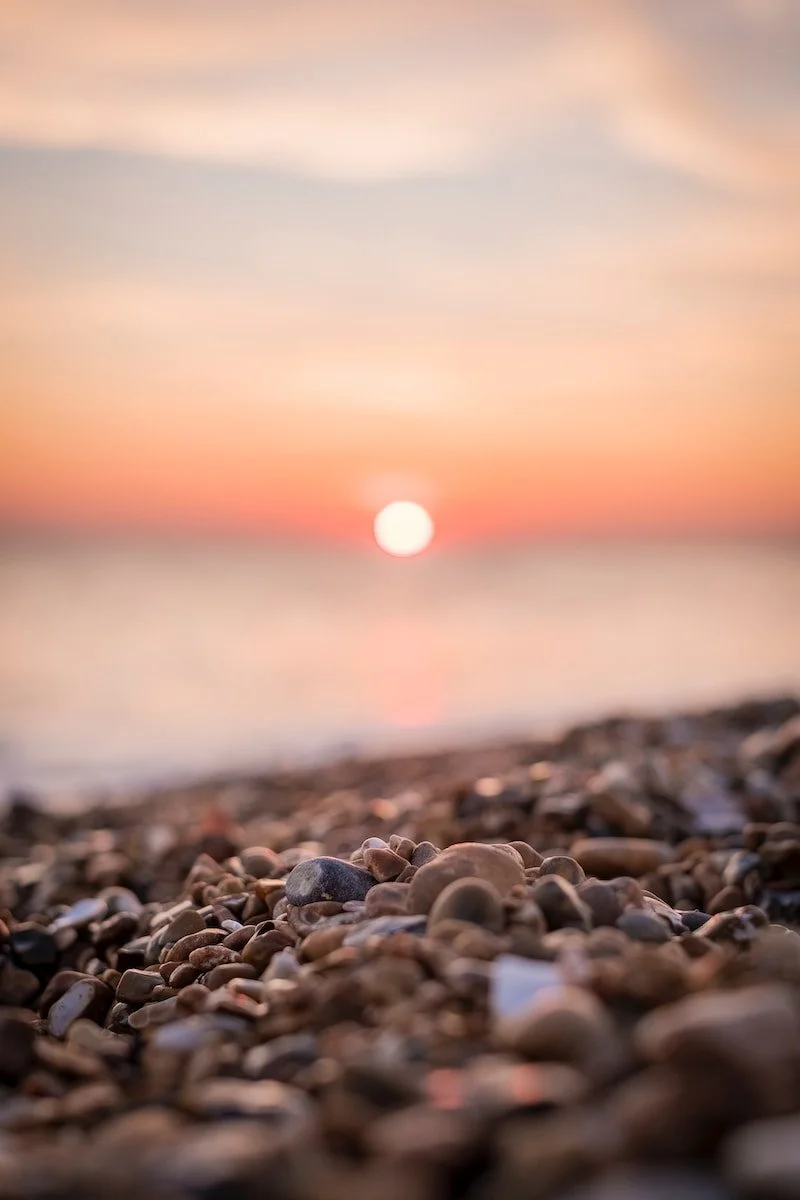The Body Tells Many Truths
Upstream
Upstream is an offering of essays that map the landscape as I see it. Subscribers get full access to my work. If you are already a member, please login below.
If you are not currently a member but would like to join, please click here.
This article first appeared in Roots and Wings Magazine, a beautiful publication that celebrates women and their quest for authenticity.
There are four small scars on my right shoulder where an adolescent lion pounced on me during a safari walk. Apparently, he was picking me off as a straggler at the back of a pack of walkers. I, too, was a teenager, probably dragging my heels in the dust and thinking about my boyfriend. We were in Gweru, a village several hours from Bulawayo, Zimbabwe where I moved as a 13-year-old with my family. The lion farm was run by a man with one arm who, despite his own wounds, had an incredible connection with the King of the Beasts. Hand-reared cubs tussled on the lawn, youths could accompany visitors on hikes and full-bodied adults roared long into the night.
My attacker was, apparently, only playing. I was told that the blood on my clothing was something to be proud of, the making of a good anecdote. Here I am, over 20 years later using it as such. However, the story these hairline scars tell is more complicated.
The Unwritten Rules
It begins with my 13-year-old self being introduced to a classroom of strangers. A mixture of white, black, mixed race and Asian faces echoed a respectful greeting and saved their questions for the lunch break. They liked my hair: short, bobbed at my ears, no fringe. They envied my pencil case, invited me to parties and told me about the boys’ schools in town. I was an Irish expat at an all-girls’ Christian school in post-colonial Africa. To say that I did not fit in would be a huge understatement. After the dust of my arrival settled, I made friends and adjusted, as best I could, to my new environment. I learnt the hard way that there were unwritten rules governing our school culture that if broken, resulted in social exclusion. It became my mission to fit in. This is, for so many teenagers, the way it goes.
For me, the rules were as such: be sporty, be effortlessly smart, land a significant part in the musical, get invited to the ‘right’ parties, attract the attention of the ‘right’ boys, be thin, do all of the above without trying too hard.
Around this time my body became something about which I was deeply ashamed. My skin was pockmarked with acne, my hair mousey, my clothes incapable of hiding that parts of myself I hated. My memory of the first time I menstruated was the beautiful gift my mother gave me: a piece of amethyst in the shape of an egg. It did nothing, however, to take away the burning rage I felt when digging around for a lost tampon and failing miserably at the basic work of being a woman.
Then I fell in love.
The Slow Art of Loving My Body
He was, by everyone else’s account, the wrong boy at the wrong time with the wrong colour of skin. However, this was my first significant step back to myself. In choosing to love him, I chose the whisper of my heart over the roar of social convention. I did not get a leading role in the musical but I sang with great enthusiasm in the choir; I was invited to parties where fitting in was not on the agenda; I did not get into sport, I wrote poetry in the tops of trees; I learned the slow art of loving my body as best I could.
There is a scar above my hip bone; it is one I chose willingly. It is a black ink symbol that means ‘a vow’. The same shape is injected on my first love’s skin. The vow was broken but the scar is another part of the story.
This story is written all over my body from the lion claw marks to the tattoo to the places I tore when my children entered the world. It is ingrained on my arm from the motorbike accident and written on my face where the doctor took a scalpel to my skin. It is a narrative of coming home to myself.
The Truth of our Bodies
When I struggled to gain composure after the walk with lions, I was told: ‘You’re okay’. I hear this phrase used often when parents come to the aid of hysterical children. What they are really saying is: I want you to feel better, or, I wish this hadn’t happened. The problem is, it did happen and I was scared, injured and humiliated. I needed the space to fall apart a little. If I listen to someone else telling me that I am okay, I will not learn to trust my body.
Pádraig Ó Tuama writes, in his book In the Shelter, ‘The body tells many truths – I am sick, I am in need of healing, I am in need of health, I am in need of touch’. How can we listen to the truth of our bodies?
We took our three-month-old son to Spain. I remember standing in front of a full-length mirror in a swimming costume. My body had changed beyond recognition. I adjusted the tiny bundle on my hip and smiled. My stomach had stretched to accommodate a fattening foetus; those legs had walked for miles to convince my son to make a timely appearance; the arms had rocked, burped and rubbed a new born and my breasts fought to feed through infection, low supply and pain. I began to deeply appreciate the strength and capacity of the female body.
A Body Fit for Purpose
It is a body I have been at odds with since as far back as I can remember. I either hated it, ignored it or hid it away. The past few years, however, I have been listening to it. On days I am doing too much it whispers, ‘Slow down’; when my hormones rage it calls me to attention; if I stumble upon beauty it stops me in my tracks and it reminds me gently throughout the day to inhabit the moment.
Last year my daughter found my wedding dress in a cupboard. She asked if I could put it on, so we could run through our barley field in style. The ivory Linea Raffaelli two-piece looked fabulous with a pair of wellington boots and we screamed down the rows of pale, green grains. There is a photograph of us, mud-flecked and marital. Every time I lose sight of myself, I go in search of it. It is my childlike expression; I am completely and unselfconsciously present. I am dressed to kill and running with wild abandon in a body fit for purpose. What an example for my daughter.
Belonging
The thread that runs through these stories and holds the truth of my body together is simple: belonging. Until we can belong in our own bodies, we will not find our place in the world. We cannot offer love, acceptance or approval to those around us until we first offer it to ourselves. The teenager who walked with lions did so awkwardly on the periphery of the pack. The schoolgirl determined to fit in betrayed her own body to be like everyone else. The young mother who gave birth to a baby boy soon came to the end of herself and decided to come home.
Bangor-born musician and songwriter, Foy Vance, wrote a song entitled, ‘Be Like You Belong’. In it he challenges us to: ‘Hold the absolute that’s running through you/And be like you belong’. Belonging is not something we can discover out there. It cannot be bought or sold. It does not hold us to impossible standards or call us to walk a tightrope of acceptance. It is an absolute that runs through us. Its source is within where thoughts are roomy and rich with self-compassion. It is a spacious place. Our challenge is to simply ‘Be’.
My son, now seven, saw his first lion in the wild this year. He slid his hand into mine and asked if I was scared. I told him I was terrified, but I didn’t want to leave. He said we could be scared together, and I felt his body settle into the crook of my arm.
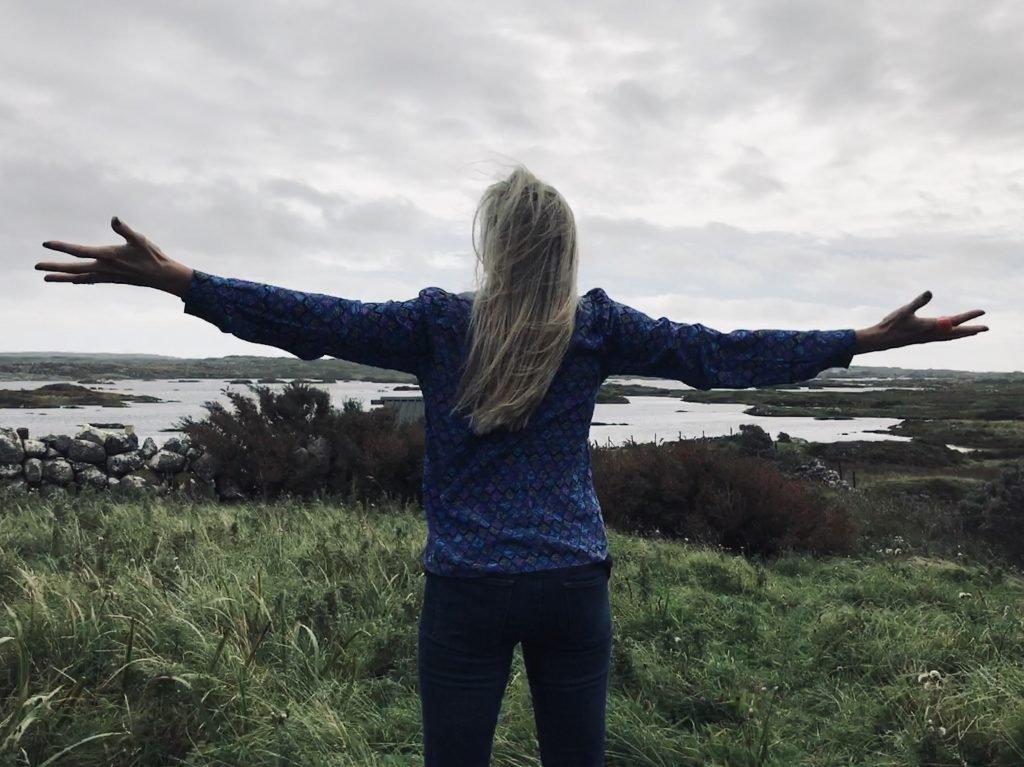
Latest Publications
Search Site
related journal entries
People With Whom I Have Worked









